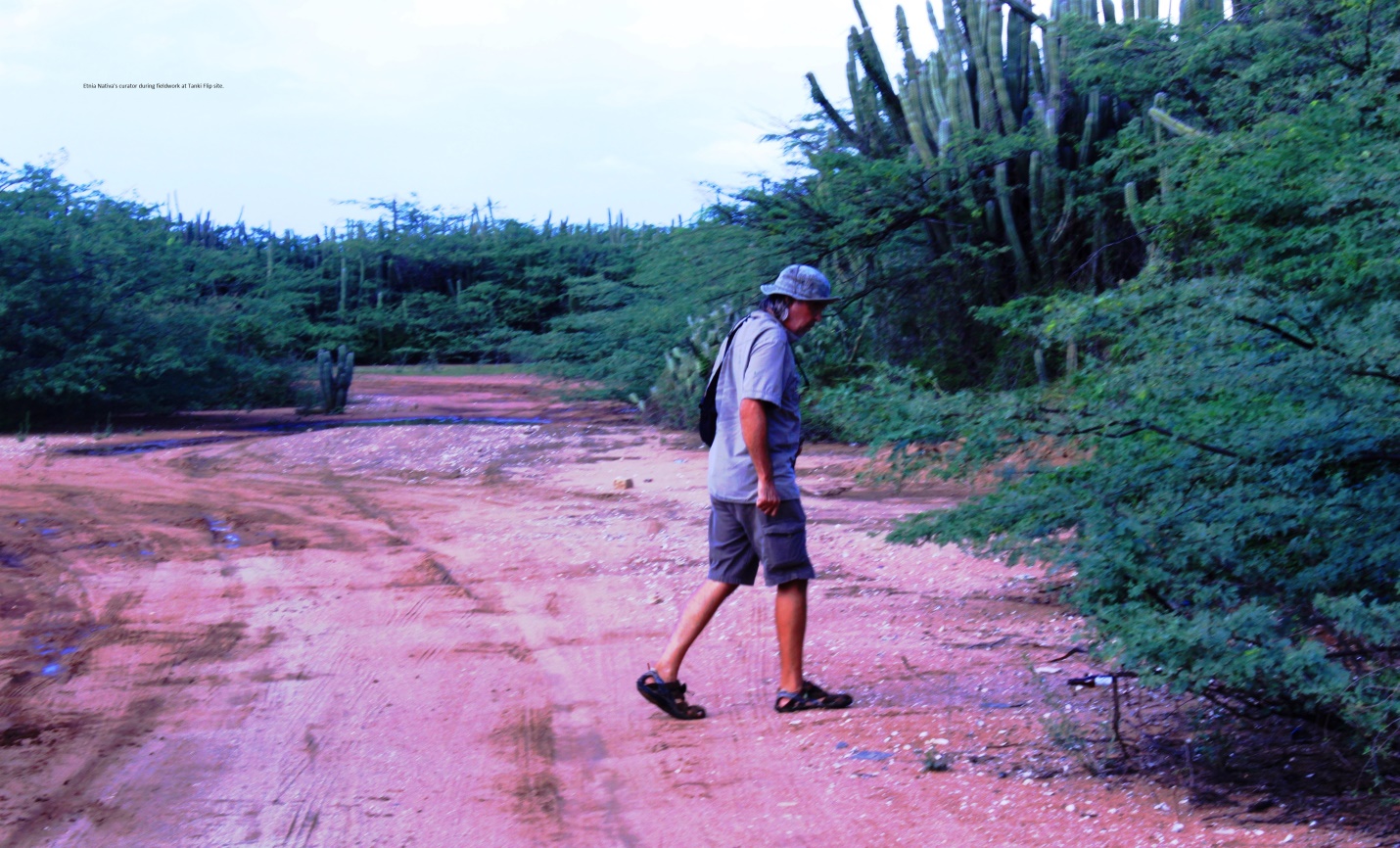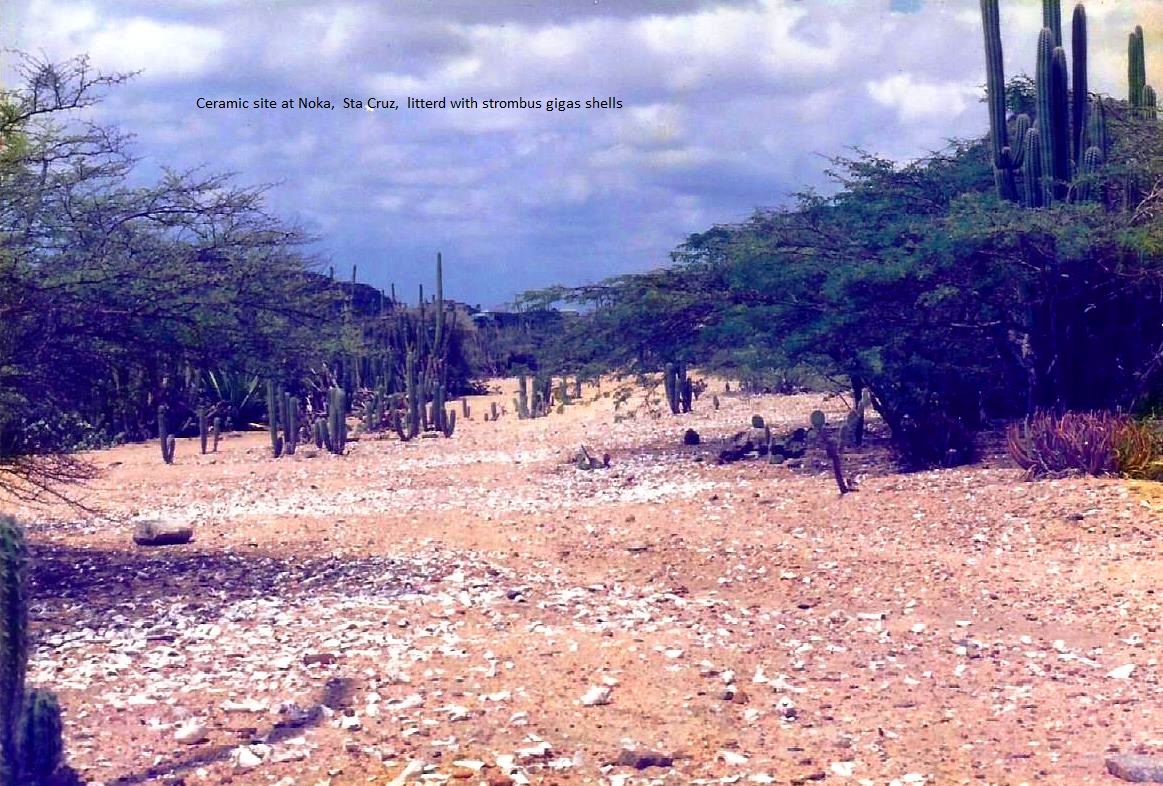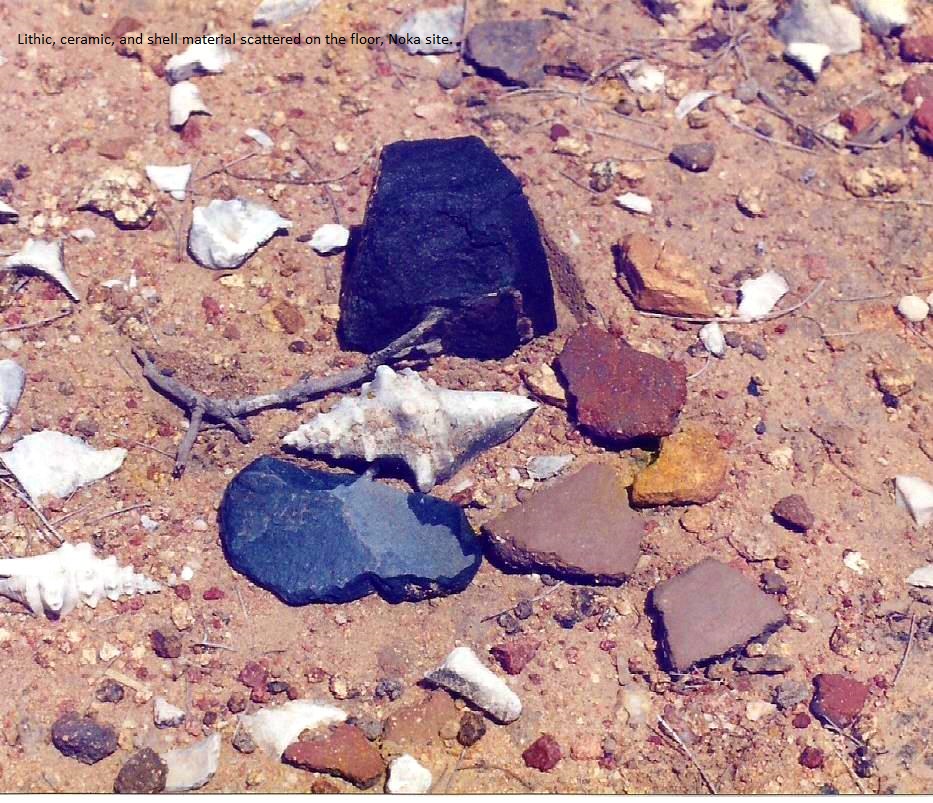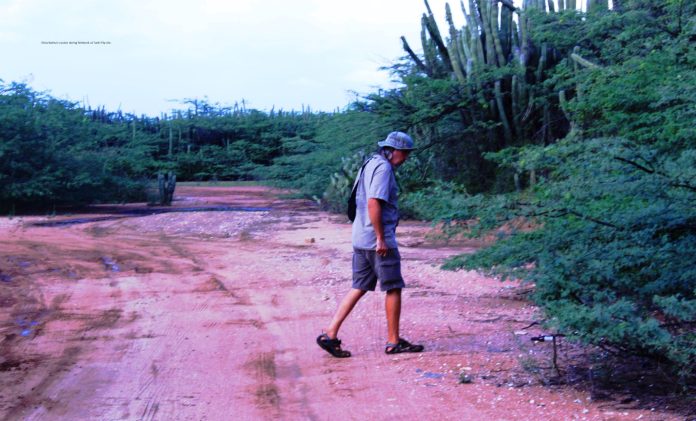Booking a magical glimpse inside Etnia Nativa
Article by Etnia Nativa call us 592 2702 and book your experience!
Etnia Nativa offers a unique native experience opportunity that blends education and entertainment. Interact with our exclusive team accessing a private facility and touring a beautiful property made with reused materials collected by its concept developer, top columnist, avocational archaeologist, and island`s cultural expert. Book your visit and dive deep into the navel of Aruba.
During this episode, we will share a bit about the ceramics sites of the island. These sites contain archaeological features of national and international importance of Special Scientific Interest (SSSIs) that we consider best represent our natural heritage in terms of ethnic origins and iconic cultural values.

Aruba has fifty-eight locations accepted; areas classified as Ceramic Period Sites, which had an open heart burning during the Ceramic Period (ca. 1000–1515 AD). While two stone exploitation sites were probably used in an epoch before by a pre-Ceramic period people who should be included in this time frame. We should also consider the ceramic period sites containing colonial artifacts of great importance. There are six sites that are considered to be Colonial Amerindian Period sites. Primarily within the archaeological record are three sites: Tanki Flip, east Aruba; Santa Cruz Island, central Aruba; and Savaneta at coastal southwest Aruba. These sites are situated more or less on one straight line to each other within 6.8 km between Tanki Flip and Santa Cruz and 8 km between Santa Cruz and Savaneta. Surface finding and excavation production in the subsoil of these sites suggest all three were large permanent inhabitant villages by generations during considerable periods of time.

Excavations between 1974 and 1976 yielded hundreds of postholes and other features, and Santa Cruz and Savaneta, respectively, 500 postholes and other features. Tanki Flip was excavated in 1995; excavations on the north part of this site resulted in the finding of larger oval structures and smaller round ones. Such quantity of the posthole concentrations suggested long periods of permanent inhabitation.
These are the three large villages, and only two sites are classified in the medium category: Tanki Lendert and Parkitenbos West. The extent and density of finds are considerable but less than the three earlier discussed sites. They are interpreted as permanent settlements for at least some decades by a considerable population.
Parkitenbos West is an exception within the group of 5 large/relatively large terrains. This site only yielded undecorated, coarse pottery up to now. All four other sites show evidence of appreciable quantities of Dabajuroid-decorated pottery. All these sites are now under the tread and menace of being developed with housing and commercial projects.

Aruba`s cultural heritage is constantly threatened by many external and internal risks and elements. In order to preserve and use cultural heritage sites, objects, collections, or architectural heritage, one is required to be continuously aware of and manage numerous threats to prevent the loss of this heritage and its attributed cultural value. Being in responsible unison with other institutes, organizations, and amateurs for the preservation of Dutch Island cultural heritage, the Cultural Heritage Agency of the Netherlands (RCE) is well aware of this. The RCE implements policy, provides advice, and develops knowledge in order to carry out its mission.
If you liked our native stories and are interested in diving deeper into learning the true identity of Aruba, a visit to Etnia Nativa would be a fantastic choice. We have been a trendsetting entity since 1994, as a co-founder of projects such as Arikok National Park, the Archaeological Museum, and the Artisan Foundation, among others. Every week, this newspaper shares our valuable knowledge. Don’t miss the opportunity to feel the island’s spirit through our real stories that are not just remembered; they resonate, they’re felt, and they stir souls to the bone. Book your visit: WhatsApp +297 592 2702 etnianativa03@gmail.com




















